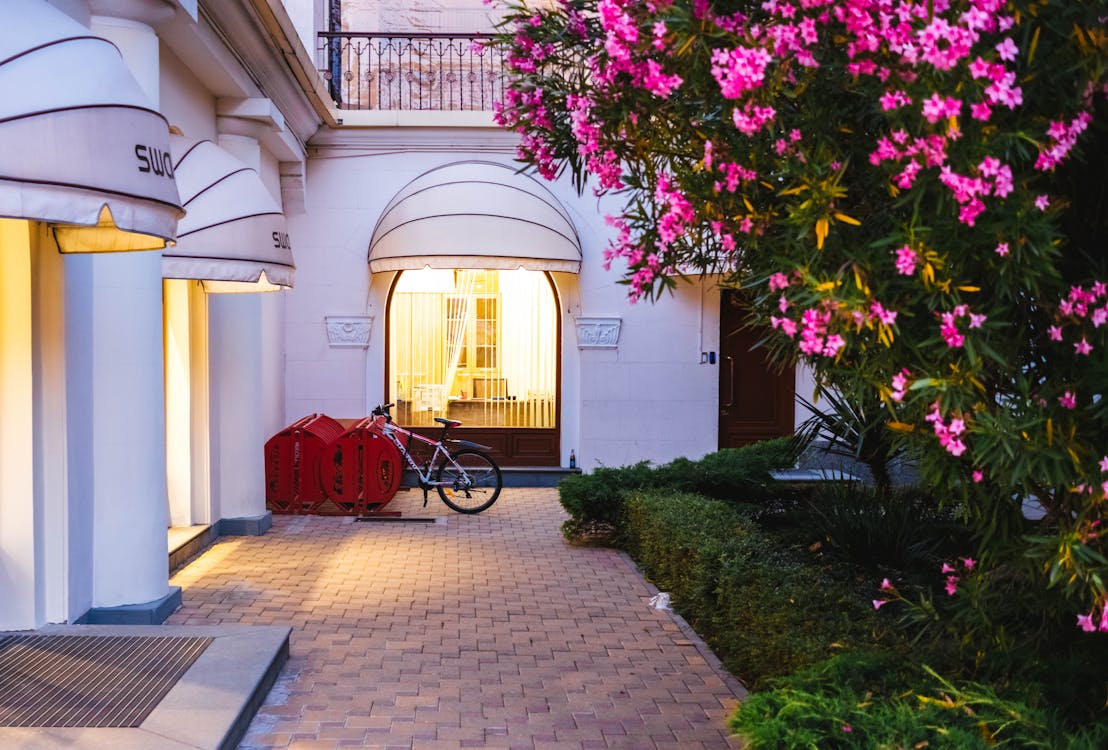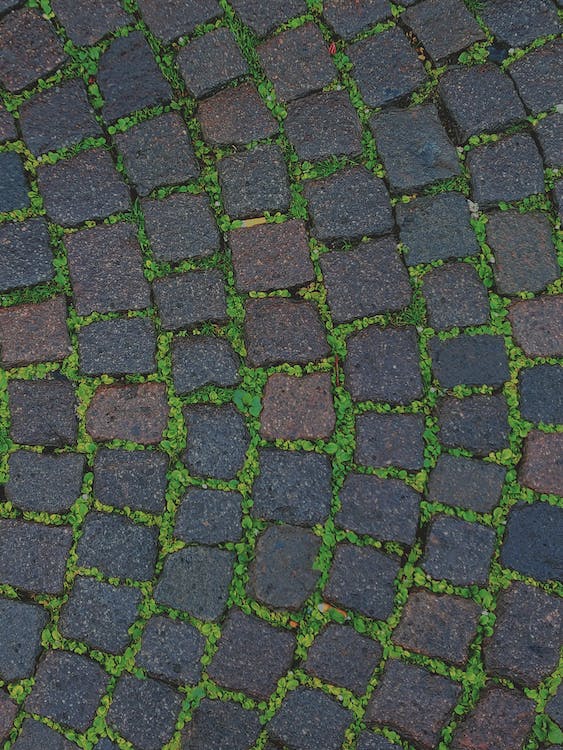Maintaining Your Paving

Paved driveways, paths, and pools increase home value. It’s nice and appealing. Paving is durable, but it needs regular upkeep. Sand and other debris can accumulate on paved surfaces. Surface stains are ugly. Restore your home’s paved surfaces with time, effort, and the right supplies.
Upkeep
If desired, clean new or good-condition paving once or twice a year. Some homes do a seasonal deep clean. Heavy rain may necessitate extra cleaning. A strong bristle broom cleans the surface. Use a high-quality clay or cement paver-safe cleaner for heavy soiling. Rinse well.
Use a hosepipe with a trigger nozzle set at medium pressure to clean the surface. High-pressure washers might damage the paving. After cleaning, inspect paving joints and re-grout any damage (see the box on how to replace a paver).
Stain and surface debris
Stains may appear on clay or cement pavers. With the right products, you can remove most stains. Test the chemical first in an inconspicuous place. Some chemicals harm or taint bricks. Paint: Use trisodium phosphate or a professional paint stripper (1 part to 5 parts water). Apply a paint stripper to soften paint areas, then remove it with a plastic scraper. Clean with soap.
Rust or iron?
Storing rusty metal things like garden furniture on paved areas can taint the asphalt. This discoloration is hard to remove from paving. An oxalic acid solution is Corobrick’s suggestion (1 part to 10 parts water). The stain will lighten with undiluted lemon juice. Neat white vinegar works too.
Oil:
Oil stains can be removed if addressed quickly. As much oil as possible, mop. Use very hot water and dishwashing liquid. Rinse and scrub with a firm bristle broom.
Moss:
In especially shady or moist pavement areas, such as gutter bases or beneath large trees, this might be difficult to eliminate. Moss has no roots, so a hard bristle brush should loosen it. First, apply a moss killer and let it sit. If you don’t want to use a herbicide, sprinkle dry baking soda on the moss or add bleach and hot water (1:2). Before sweeping, let it sit.
Grass and weeds
Weed killer removes grass and weeds from asphalt. On a sunny day without rain, apply the weed killer. The toxin may stream into flowerbeds and damage plants if washed off the asphalt. Once the weeds turn brown, sweep the paving.

Sealing pavers
Should you seal your clean paving? No right or incorrect solution to this fantastic question. You can, but it’s optional. Sealing has as many drawbacks as benefits, according to Woodoc managing director Frikkie Greeff. “One of the major advantages is, of course, that the paving should, after being sealed, be impenetrable to staining,” says Frikkie. However, the paving no longer absorbs water, thus any water will pool on the surface until swept away or evaporated.
A wet surface is slippery, which may be a hazard around a swimming pool or other foot traffic areas.”
Frikkie recommends properly preparing the surface before sealing your paving. No other sealer or coating should be used on pavers.
“The easiest way to check is if a drop of water will penetrate the pavers. If water doesn’t penetrate, the pavers are sealed, and no other sealer may be put in without first removing the old one. Clean the pavers if water penetrates. Clean the pavers with a strong degreaser (available at most hardware stores) and wash thoroughly.
Leave the pavers to dry for at least a week with excellent airflow before sealing. If you live in a moist climate or have rain, drying may take longer. Seal the pavers after they’re dry for optimal results.
Broken pavers should be replaced.
Lift and replace any chipped, cracked, or broken pavers you find when inspecting your paving. You’ll need replacement pavers, plaster sand/cement mix (50:50), water, spirit level, screwdriver/chisel, paintbrush, mallet/hammer, and trowel.
Instructions
- Step 1: Collect supplies and tools. Remove pavers. Make sure you know which color to replace and where if the design is difficult or the pavers are various colors.
- Step 2: Use a chisel and hammer to break the junction along the paver. Use a screwdriver to pry up the fractured paver.
- Step 3. Examine the cavity. Clean old sand and cement. Remove finer particles using a paintbrush. If necessary, level the ground and add sand, paying attention to corners. Level by tamping.
- Step 4: Level the new paver. If it looks too high, pull the paver and remove additional sand. Tap into position.
- Step 5: Mix 50:50 mortar and grout joints between pavers with a tiny building trowel. Remove extra mortar with a garden hose set to medium spray. Wait. Pavers can be grouted by dry sweeping. Mix sand and mortar and sprinkle on pavers. Add some water and sweep the paving joints.
Tip for sunken paving:
Remove only these bricks. Add sand to level. Use a hardboard to level. It should be firm before replacing the pavers.

Comments
Add comment